If you are like most people, then you probably experience some muscle soreness from time to time and find yourself wondering how to recover legs after leg day. Sometimes my legs are so sore from squats I can't walk! This can be caused by a variety of things, such as exercise, stress, or even poor posture. There are many people who suffer from muscle soreness after leg day; I know that personally, after leg workout I can't walk!
This is actually a rather common issue and many of my friends have given me tips on how to recover legs after leg day.
Luckily, there are many ways to find relief from muscle soreness quickly and easily! In this Quick Ways to Find Relief from Sore Muscles blog post, we will discuss five of the best methods for fixing sore muscles fast.
Quick Ways to Find Relief from Sore Muscles and Quickly Recover after Leg Day
1. Hot and cold therapy
Heat and cold therapies are two beneficial yet simple methods for relieving sore muscles. Heat therapy relaxes the muscles, promoting blood flow to the affected area, facilitating healing and providing pain relief.
Cold therapy can help to reduce swelling or inflammation and numb the pain. Not many people would willingly submerge themselves into a bathtub filled with ice water, but the benefits are tough to ignore.
Both hot and cold can be applied for up to 20 minutes at a time; however you might find that alternating between the two therapies (e.g. 10 minutes of heat followed by 10 minutes of cold) is even more effective.
Whether it’s a hot shower, a damp warm towel applied directly to the area or an ice pack, there are plenty of options when it comes to heat and cold therapy.
2. How to recover legs after leg day: Use Anti-inflammatory medicines
While there are several over-the-counter anti-inflammatory medications available to help you recover after leg day, for instance - ibuprofen and naproxen sodium being two of the most common choices— there’s just one other you may be more interested in testing out: marijuana. Marijuana, or cannabis has been found to be an effective anti-inflammatory, and many people find it to be a good choice for dealing with pains of various types (muscle soreness included).
If you aren’t a smoker, you can always opt for edible cannabis products, or create your own. Learn more about how to calculate dosages by visiting this page on Veriheal. The bottom line is, cannabis can provide natural and effective relief from sore muscles.
Have you Ever Thought: My legs are so sore from squats I can't walk!
3. Be Active in Your Recovery and it will help to recover legs after leg day
Active recovery is a crucial part of any workout program what to do after leg day. It helps to reduce the risk of injury, and can help those struggling with sore muscles to feel better faster. For example, engaging in relaxing activities such as walking or hiking, light jogging or cycling, and yoga can provide relief from post-workout discomfort.
Walking uses a slower pace and allows you to experience nature in a pleasant way; it also increases circulation for improved muscle recovery. Light jogging is great for building cardiovascular endurance, but may cause additional soreness if done at high intensity - that s why all recovery workouts should be done easily and at a low speed.
Cycling and yoga can improve flexibility while also increasing strength, both are great for relieving sore muscles. All of these active recovery activities offer different benefits that can help you stay healthy after a hard workout.
4. Use Massage therapy to help with how to walk after leg day!
Massage therapy is another excellent way to reduce muscle soreness. Massage increases blood flow to the affected area, promotes muscle relaxation, and flushes out toxins, helping it heal faster.
This technique can be done by a professional or simply by yourself with a foam roller or massage stick. In addition, there are many types of massage available such as Swedish, deep tissue, and sports massage.
Swedish massage is great for relaxation, while deep tissue massage focuses on the deeper layers of muscle fibers and can be quite uncomfortable, but no less beneficial. Sports massage is designed to target tight areas that are most likely to be affected by physical activity.
5. Stretching
Stretching is an often overlooked but incredibly effective way to find relief from sore muscles. It helps by allowing tight and shortened muscle fibers to release, relaxing the body into a more comfortable position.
Stretching can also improve circulation, helping blood reach tight spots more efficiently and decreasing stubborn muscular tension.
Additionally, stretching sometimes coincides with deep breathing which promotes further relaxation as well as aid in actively shifting attention away from discomfort and towards a rather calming state of mind. All in all, stretching is beneficial both physically (as it supports in releasing painful tension) and mentally (as it centers the mind) - making it truly deserving of the praise that it often does not get.
Conclusion
Sore muscles can be uncomfortable and sometimes even painful. Fortunately, there are many natural and healthy remedies that can help provide relief from post-workout discomfort. Activities such as walking, light jogging or cycling, yoga, massage therapy, stretching, and getting enough rest and proper nutrition can all help aid in the muscle recovery process. Taking the time to implement these solutions into your regular routine can ensure that you stay healthy, active, and free from sore muscles in the long run.



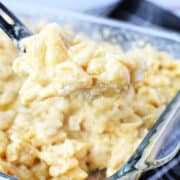




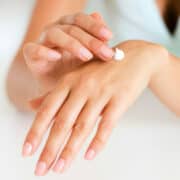




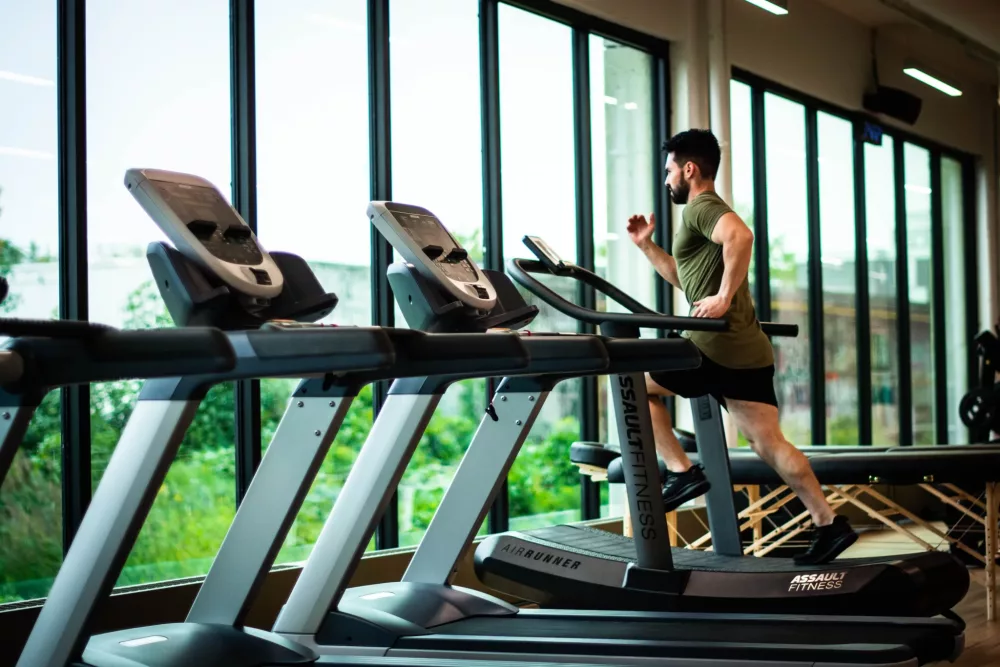
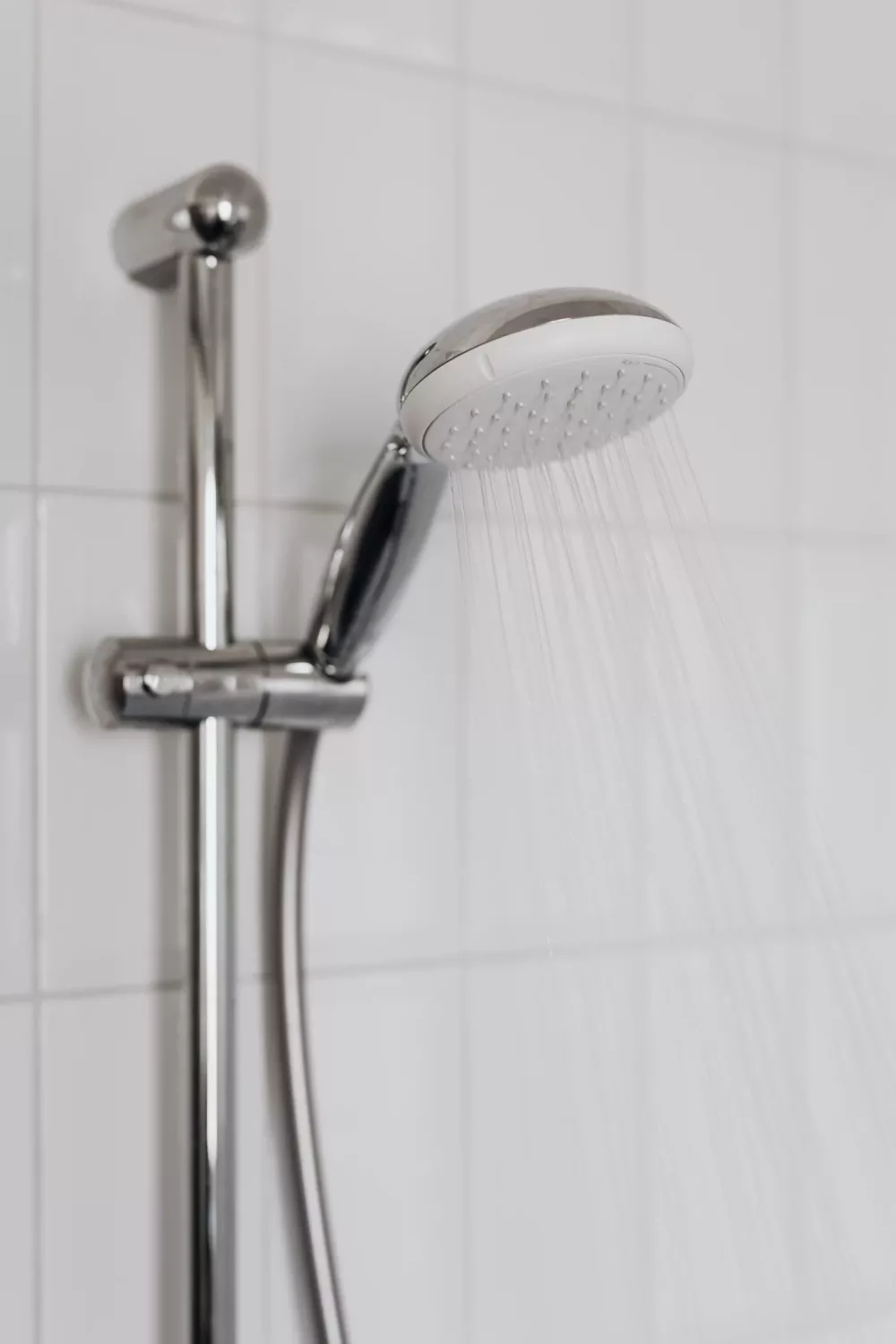
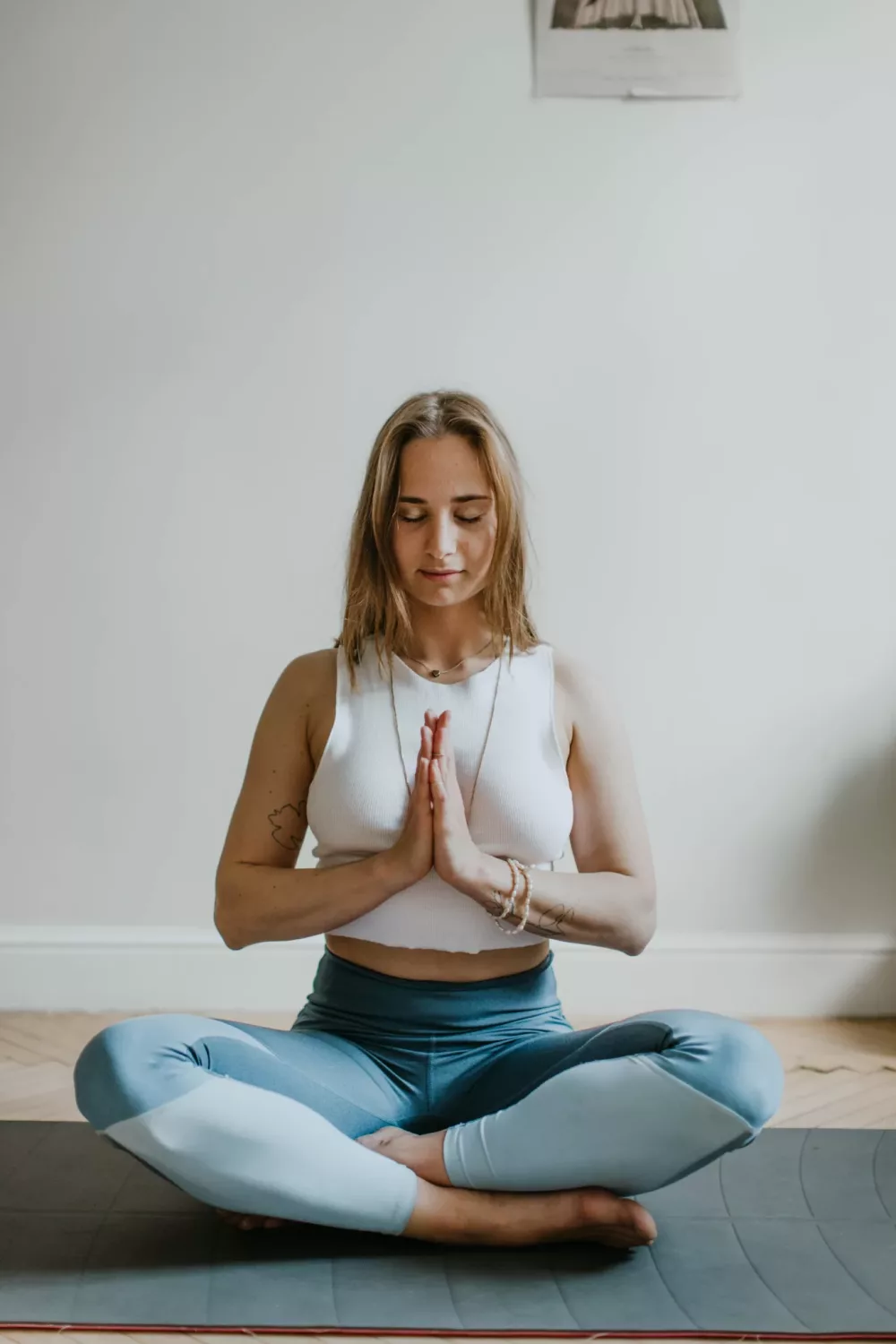
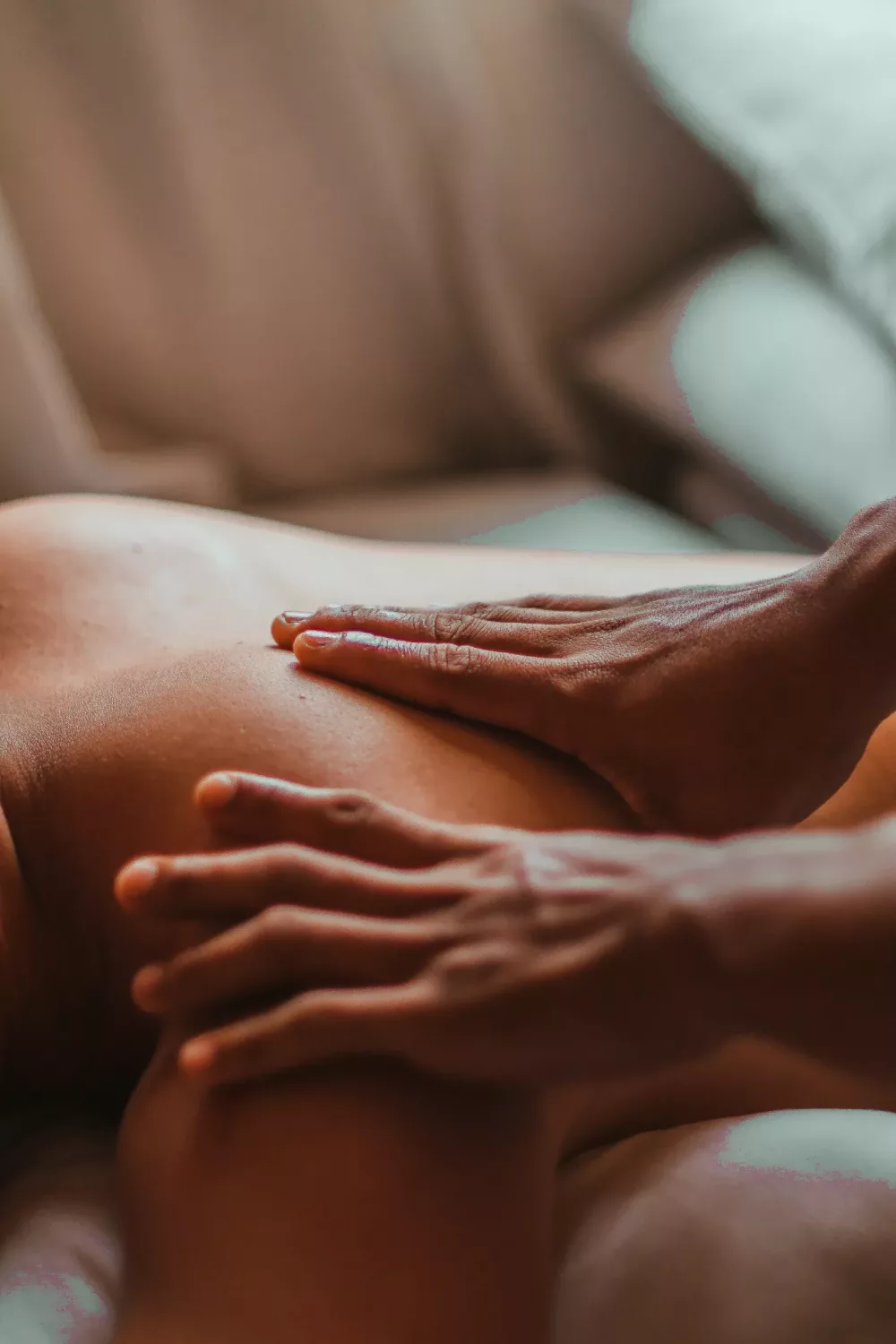
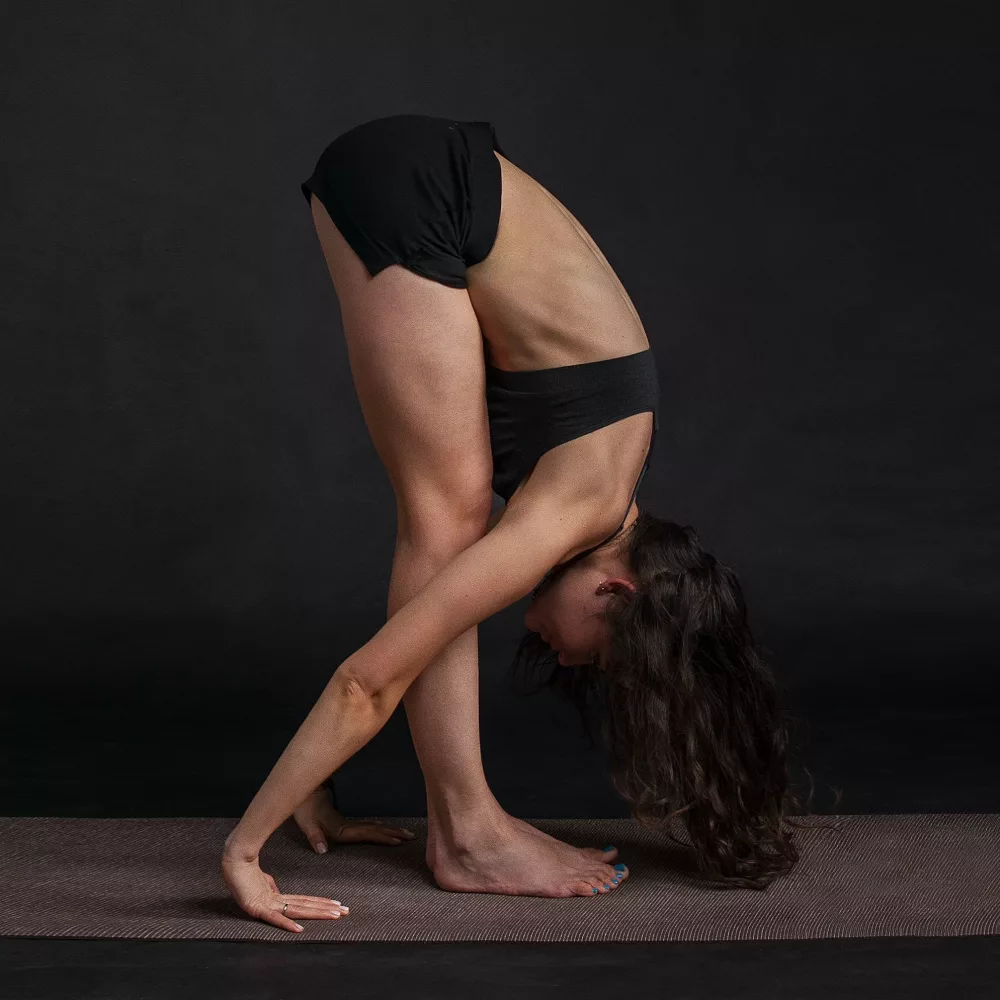

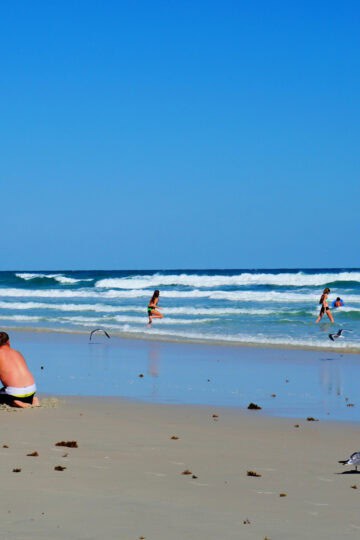


Leave a Reply